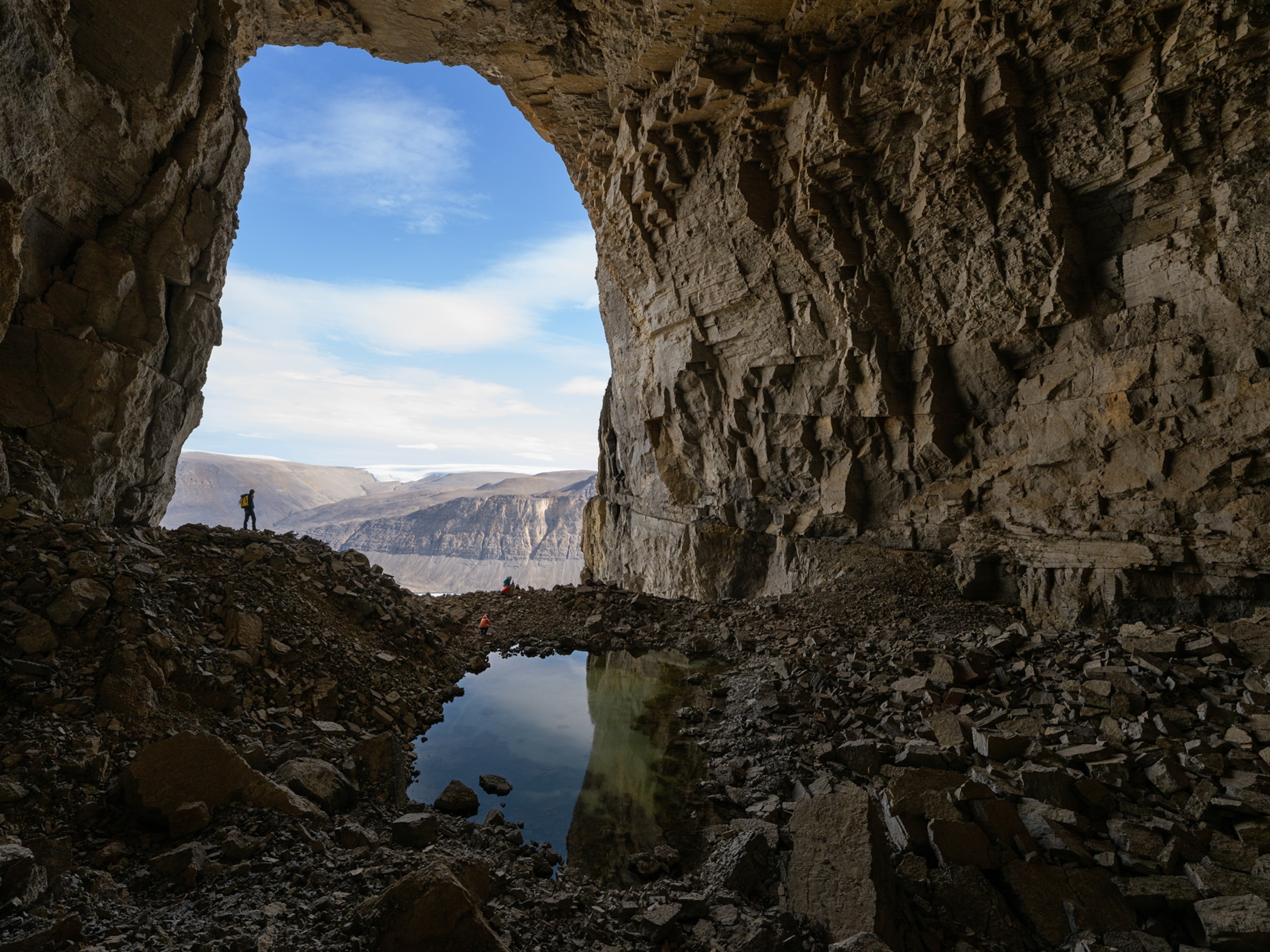
Oldest Stone Tools Discovered in Kenya
3.3-million-year-old artifacts reveal primitive ancestors like “Lucy” may have been capable of tool-making.
A trove of stone artifacts uncovered in northwestern Kenya suggests human ancestors were crafting tools 3.3 million years ago—about 700,000 years earlier than previously thought.
The tools, described at the Paleoanthropology Society’s meeting in San Francisco this week, are in the form of flakes—sharp stone fragments that could be used for cutting, as well as the cores from which flakes were struck, and anvils, used to hold the cores during the knapping process. Overall, more than 130 artifacts have been recovered from the site, called Lomekwi 3, said Stony Brook University archaeologist Sonia Harmand, and some of them are quite large, weighing more than 30 pounds.
The origin of tool-making is long-thought to begin only with the appearance of the genus Homo in the fossil record. But the oldest Homo fossils now known are about 2.8 million years old—half a million years younger than the newly announced artifacts from Kenya. This suggests that either ancient australopithecines like “Lucy” had developed stone tool use before Homo evolved, or else older members of the Homo genus have yet to be found.
“I think [australopithecines] would have had the cognitive capabilities to do it, and even though their hands were probably not as dexterous, they probably would have had no problem flaking stone,” says Nicholas Toth, a paleoanthropologist at the Stone Age Institute and the University of Indiana, Bloomington.
What we may be seeing are just little sparks of trying to use stone for some activities, but not perhaps becoming a consistent tradition until the last 2.3 million years or so.Nicholas Toth
In 2011, Harmand spotted what appeared to be crude stone artifacts littering the ground near Lake Turkana, in Kenya’s Rift Valley. Early excavations revealed artifacts buried beneath the surface as well. In 2012, with National Geographic funding, Harmand returned to continue excavating the site. She discovered that some of the artifacts she and her team found on the surface neatly fit into pieces that were buried in sediments, suggesting that the fragments were part of the same cache.
Paleomagnetic dating of the sediments put the tools’ age at 3.3 million years old. That’s several hundred thousand years before the next-oldest cache of tools, found in Gona, Ethiopia, which dates to roughly 2.6 million years ago. It’s not clear yet which species in particular crafted the Lomekwi 3 tools, but they could be the handiwork of Kenyanthropus platyops, a controversial human relative discovered near Lomekwi 3 in 1998.
That smaller-brained hominins like Lucy may have been using tools is both remarkable—and yet not all that surprising, Toth says. As a comparison, he points to work he’s done with bonobos—African apes that, like common chimpanzees, are closely related to humans.
When given the raw materials for tool-building, bonobos craft tools that look similar to the ones recovered from the Lake Turkana site, Toth says. “So, you can have a small-brained animal with some manual dexterity producing something like that,” he says.
Bonobos, he says, use the flints to cut through cords or membranes, similar to the methods one might use to butcher an animal. “They understand what ‘sharp’ means,” he says.
But whether this recent find marks the ignition point for millennia of tool making, or is just a flash in the pan, isn’t clear yet. “What we may be seeing are just little sparks of trying to use stone for some activities, but not perhaps becoming a consistent tradition until the last 2.3 million years or so,” Toth says.
Follow Nadia Drake on Twitter.





